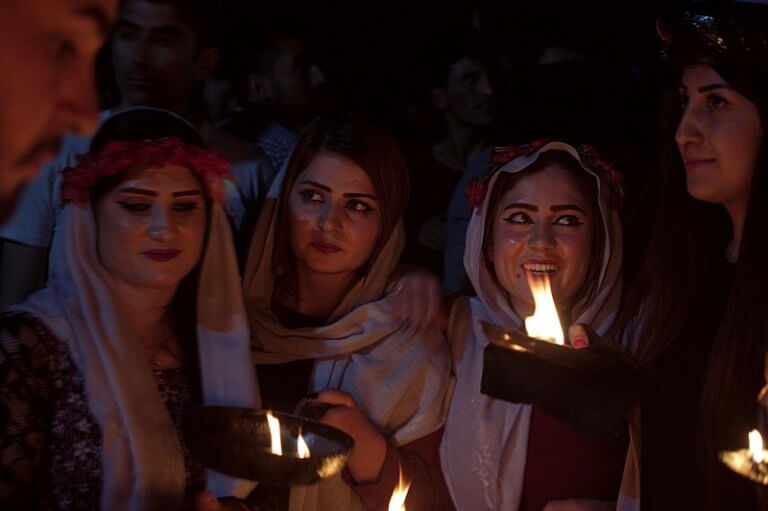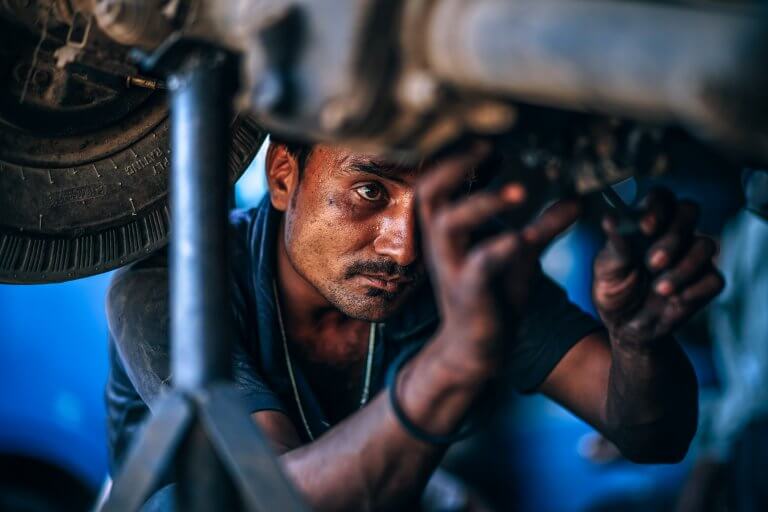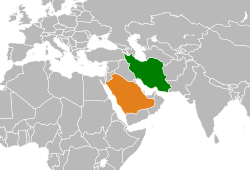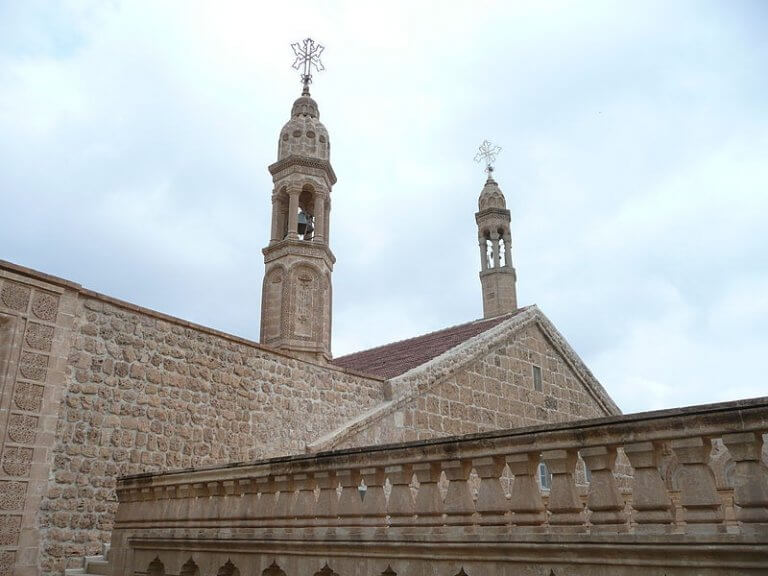IDC RESPONSE TO United Nations Development Programme (UNDP)’s OCT 2017 IRAQ STABILIZATION SUPPORT FOR NINEVEH REPORT
OVERVIEW:
This month, UNDP released an “Iraq Stabilization for Nineveh Report.” The report claims a number of projects assisting Christian areas; however there are many problematic assertions in the report and with the projects it claims. First, most of the projects are prospective, and, while planned, have yet to be executed. Second, the possibility of corruption and mismanagement provide good reason to doubt that these projects will be consistently executed.
UN projects in Nineveh have been rife with problems. Projects are often poorly completed, and no adequate auditing mechanism is in place to check on the quality of the work. For example, media reports indicate that recently a school in Teleskof was listed as refurbished by the UN. However, this simply meant that the exterior had been repainted. The inside of the school remained in shambles and unusable, while the freshly painted exterior featured the UNICEF logo.
It is also notable that about a third of the 161 projects being claimed in the UNDP report as being done in “Christian areas” are actually being done in areas to which no Christians have returned. In addition, at least one major water treatment project has been done in a Christian area, but is likely to benefit only non-Christian areas near Mosul.
UNDP estimates of which towns are Christian, or where Christians have returned are wildly inaccurate.
The Christian areas overwhelmingly need rebuilding of infrastructure (water, power, roads, etc.), as well as reconstruction assistance to make housing damaged by ISIS – or in conflict with it – habitable again. However, less than 2 percent of the housing needs of the Christian community are being addressed, and power is still not being planned for in some areas without it.
The following shows the sorts of problems with the projects being claimed by UNDP:
- Telkayf. Though there are no longer any Christians living there, the new UNDP Report continues to list the town of Telkayf prominently as a Christian town in which FFS is implementing projects (31 projects are listed in the report). The Christians have been ethnically cleansed from Telkayf, and the 20,000 current inhabitants listed as returnees are not returnees, but according to Christians in the region, include many sympathizers of ISIS who remained in Telkayf after joining with ISIS in 2014 to violently force the indigenous Christians out. Moreover, the families of slain ISIS fighters have been resettled in Telkayf. Continued inclusion of this town in this reporting by UNDP without clear explanation that Christians no longer live there and why is grossly and irresponsibly misleading to UN Donors. Incredibly, the UNDP report makes this claim despite multiple notifications from Church officials, including in open testimony before Congress, that no Christians have returned to Telkayf due to the known ISIS sympathizers in the town. Church authorities have again confirmed that no Christians have returned to the town, and these same Church authorities continue to object to Telkayf’s inclusion in any listing of rehabilitation work being done in “Christian” towns.
- Housing Projects. Of the 161 projects UNDP claims are benefitting Christian towns, only one of these projects is for Christian homes. Two projects are for restoration of homes and both projects are in Bartulla which is a mixed Christian and Shebak city. This totals 330 units, at approximately $2000 per unit in restoration assistance; this would be a total of $660,000 in housing restoration assistance for Christians for the entire Nineveh region. This represents only 2 percent of the housing reconstruction needed by the Christian community that was driven from their homes in the 2014 campaign of genocide by ISIS. It is important to note that this work is projected only, and has not gone out to bid.
- Batnaya. This majority-Christian town is listed by UNDP as having 2,100 people returned. In fact less than 100 persons or 20 families have fully returned. As of this date, there is still no power and no water in Batnaya. The UNDP plans for the region still do not include Electricity for the town, even going out to 4 months.
- Al Qosh. Al Qosh is listed in the report as being a town in which the return of 6,000 people has been supported. In fact, Al Qosh was never taken by ISIS, and was never abandoned. The 6,000 people listed in the report never left, and have remained in Al Qosh throughout the ISIS conflict.
- Nimrud. This region is listed as a Christian area to which Christians have returned. In fact there is no significant Christian population in this area. (The report fails to name the towns it is referring to in the Nimrud area.)
- Rates of Return. As per the chart below, using the UNDP report’s own numbers, the rate of returnees to Christian towns is only 19%, as compared to the rate of return to Non-Christian towns of 73%. The gross disparity in returns is quantifiable evidence – from the UNDP itself – of the failing outcomes from the current program implementation as it applies to return of Christians to Nineveh. Note in the chart below, Telkayf has been placed correctly in the list of Non-Christian towns to reflect its true status.
- Misleading projects. Completion of the As Salamiyah Water Treatment is often cited as a major project benefitting 100,000 people in Nineveh Plain. Local engineers say the plant is physically located in Nineveh Plain but the 100,000 served are mostly non-Christians near Mosul. It is seen as a good project but not one for Christians.
- Lack of Accountability. Local NGOs cannot confirm completion of many cited projects, indicating they may be paper completions in which money is spent but projects are not completed, similar to how pre-ISIS Iraqi government contracting funds were pilfered. Local NGOs say UN contracts must include a 7% mark up to cover illicit payments to UN officials. As US Embassy and UN officials cannot eye these programs themselves they rely on reports by UN administrators and their Iraqi contractors.
| TOWN | ORIGINAL POPULATION | RETURNEES | % OF RETURNEES |
| NON CHRISTIAN TOWNS | |||
| BASHIQA* | 85000 | 64000 | 0.75 |
| NIMRUD | 35000 | 28000 | 0.80 |
| TELKAYF | 34000 | 20000 | 0.59 |
| TOTAL | 154000 | 112000 | 0.73 |
| CHRISTIAN MAJORITY TOWNS | |||
| BATNAYA | 7000 | 2100 | 0.30 |
| TELESKOF | 11000 | 7200 | 0.65 |
| BARTULLA | 30000 | 8000 | 0.27 |
| HAMDANIYA | 50000 | 2300 | 0.05 |
| KARAMLES | 8000 | 600 | 0.08 |
| TOTAL | 106000 | 20200 | 0.19 |
| * CHRISTIAN POPULATION OF BASHIQA LESS THAN 300 FAMILIES | |||







